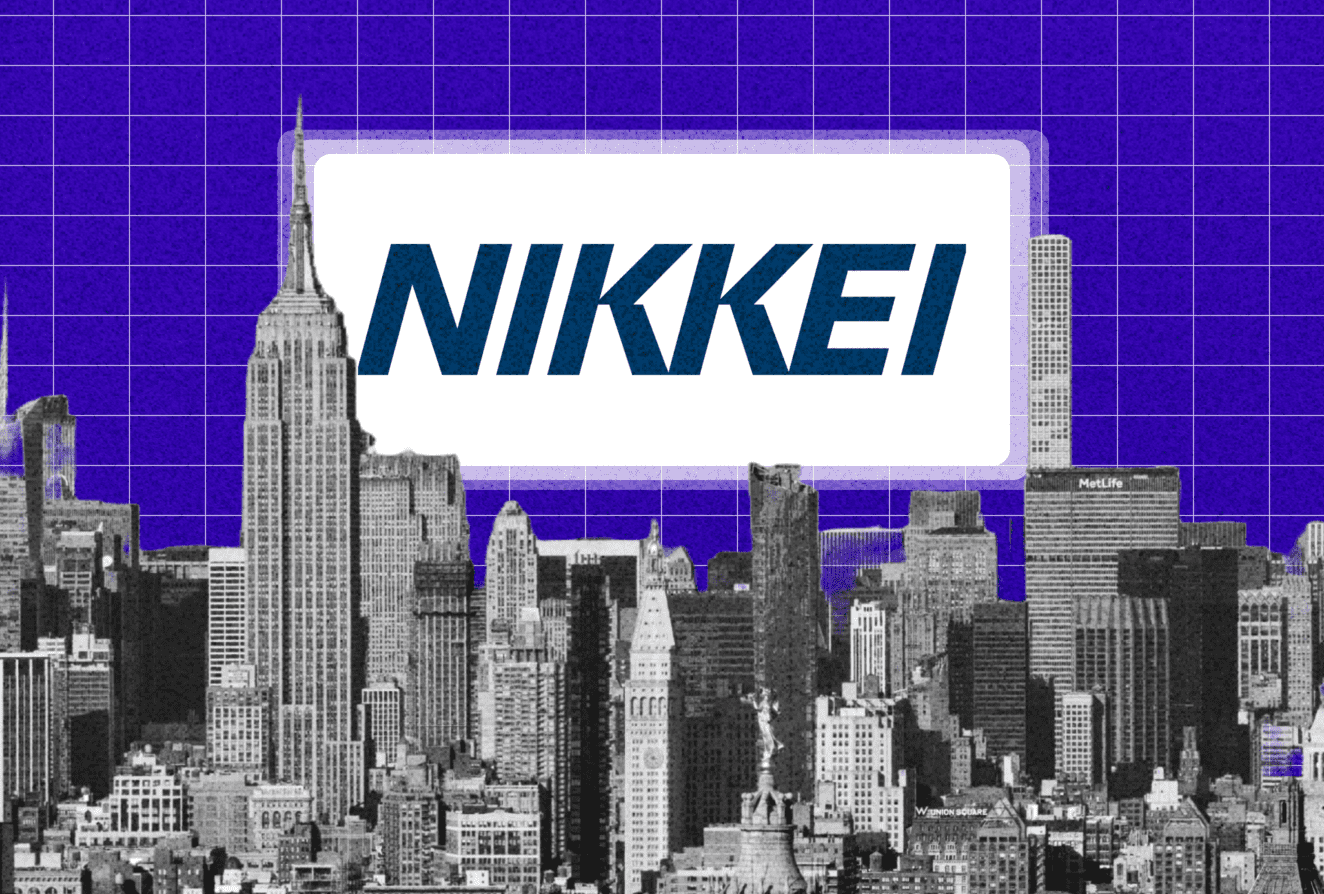In the ever-evolving landscape of finance and investment, platforms like FintechZoom play a crucial role in delivering real-time data, analysis, and insights. Among the indices that attract significant attention from investors and analysts alike is the Nikkei 225, Japan’s premier stock market index. This article delves into the current status of the fintechzoom.com nikkei 225 today as reported by FintechZoom, its implications for investors, and the broader context of the Japanese economy.
Understanding the Nikkei 225
The Nikkei 225, often referred to simply as the Nikkei, is a stock market index that comprises 225 of the largest publicly traded companies in Japan. It is a price-weighted index, meaning that companies with higher stock prices have a more significant impact on the index’s overall performance. The Nikkei is a vital indicator of Japan’s economic health and a reflection of investor sentiment toward the Japanese market.
The index includes major players from various sectors, including technology, automotive, finance, and consumer goods. Some of the most notable companies in the index include Toyota Motor Corporation, Sony Group Corporation, and SoftBank Group Corp. Given Japan’s status as the third-largest economy in the world, movements in the Nikkei 225 can have ripple effects across global markets.
Current Performance of the Nikkei 225
As of today, FintechZoom reports that the Nikkei 225 is experiencing fluctuations that are indicative of both domestic and global economic trends. The index opened the trading day at a certain level and has since seen various ups and downs, driven by factors such as corporate earnings reports, global market trends, and geopolitical events.
Key Factors Influencing Today’s Performance
- Global Economic Conditions: The Nikkei 225 does not operate in isolation. Economic data from the United States, Europe, and other regions significantly impact Japanese stocks. Recent economic indicators, such as employment figures and inflation rates from the U.S., have influenced investor sentiment in Japan, as a robust U.S. economy often translates to stronger demand for Japanese exports.
- Monetary Policy: The Bank of Japan (BOJ) plays a critical role in the performance of the Nikkei 225. Currently, the BOJ is maintaining an accommodative monetary policy stance, which includes low interest rates and asset purchases. Any indications of a shift in this policy, particularly concerning interest rates, can lead to significant market reactions.
- Corporate Earnings: As the earnings season progresses, reports from major companies included in the Nikkei 225 can sway the index. Strong earnings from firms like Toyota or Sony can boost investor confidence, while disappointing results can lead to sell-offs.
- Geopolitical Developments: Tensions in the Asia-Pacific region, including relations with North Korea and China, can create uncertainty in the market. Investors often react to news regarding trade policies, sanctions, and military activities, which can cause volatility in the Nikkei 225.
- Technological Advancements: Japan’s emphasis on technology and innovation plays a significant role in the market. Developments in sectors such as artificial intelligence, robotics, and renewable energy can attract investment and positively impact the Nikkei.
Current Market Trends
As reported by FintechZoom, the Nikkei 225 has shown signs of resilience in the face of global uncertainties. Analysts note that despite recent fluctuations, the index is maintaining an upward trajectory compared to its performance earlier in the year. Key trends include:
- Sector Performance: The technology sector has been a strong performer, driven by advancements and investments in tech companies. Automotive stocks have also shown strength, particularly with the global shift towards electric vehicles.
- Investor Sentiment: While some investors remain cautious due to inflation fears and potential interest rate hikes, many are optimistic about the long-term prospects of the Japanese economy. This sentiment is bolstered by the BOJ’s commitment to supporting growth.
- Foreign Investment: Increased foreign interest in Japanese equities has been observed, as global investors seek exposure to the growth potential of the Japanese market. This influx of capital can further support the Nikkei 225.
Implications for Investors
For investors, the current performance of the Nikkei 225 presents both opportunities and challenges. Here are some key considerations:
- Diversification: The Nikkei 225 offers a way to gain exposure to a diversified portfolio of large-cap Japanese companies. Investors looking to diversify their holdings may find value in Japanese equities.
- Long-Term Growth Potential: Despite short-term volatility, the long-term growth prospects of the Japanese economy, supported by technological advancements and a robust export market, make the Nikkei an attractive investment option.
- Market Timing: Investors should remain vigilant regarding market conditions and economic indicators. Timing entry and exit points based on market trends and news can enhance investment returns.
- Global Exposure: Given the interconnectedness of global markets, investors should consider how movements in the Nikkei 225 may affect their overall portfolios. Understanding the correlation between the Nikkei and other indices can inform investment strategies.
- Stay Informed: Platforms like FintechZoom provide valuable insights and real-time data, making it essential for investors to stay informed about market developments. Utilizing these resources can help in making informed investment decisions.
Conclusion
As reported by FintechZoom, the Nikkei 225 continues to be a vital component of the global financial landscape. Its performance today reflects a complex interplay of domestic economic factors, global market trends, and investor sentiment. For those considering investment in Japanese equities, understanding the dynamics of the Nikkei 225 is crucial.
In a world where markets are increasingly interconnected, the ability to analyze and respond to changes in indices like the Nikkei can lead to informed investment decisions. By leveraging platforms like FintechZoom, investors can navigate the complexities of the market and capitalize on opportunities within the Japanese economy. As the financial landscape continues to evolve, the Nikkei 225 will remain a focal point for investors seeking growth and stability in their portfolios.



